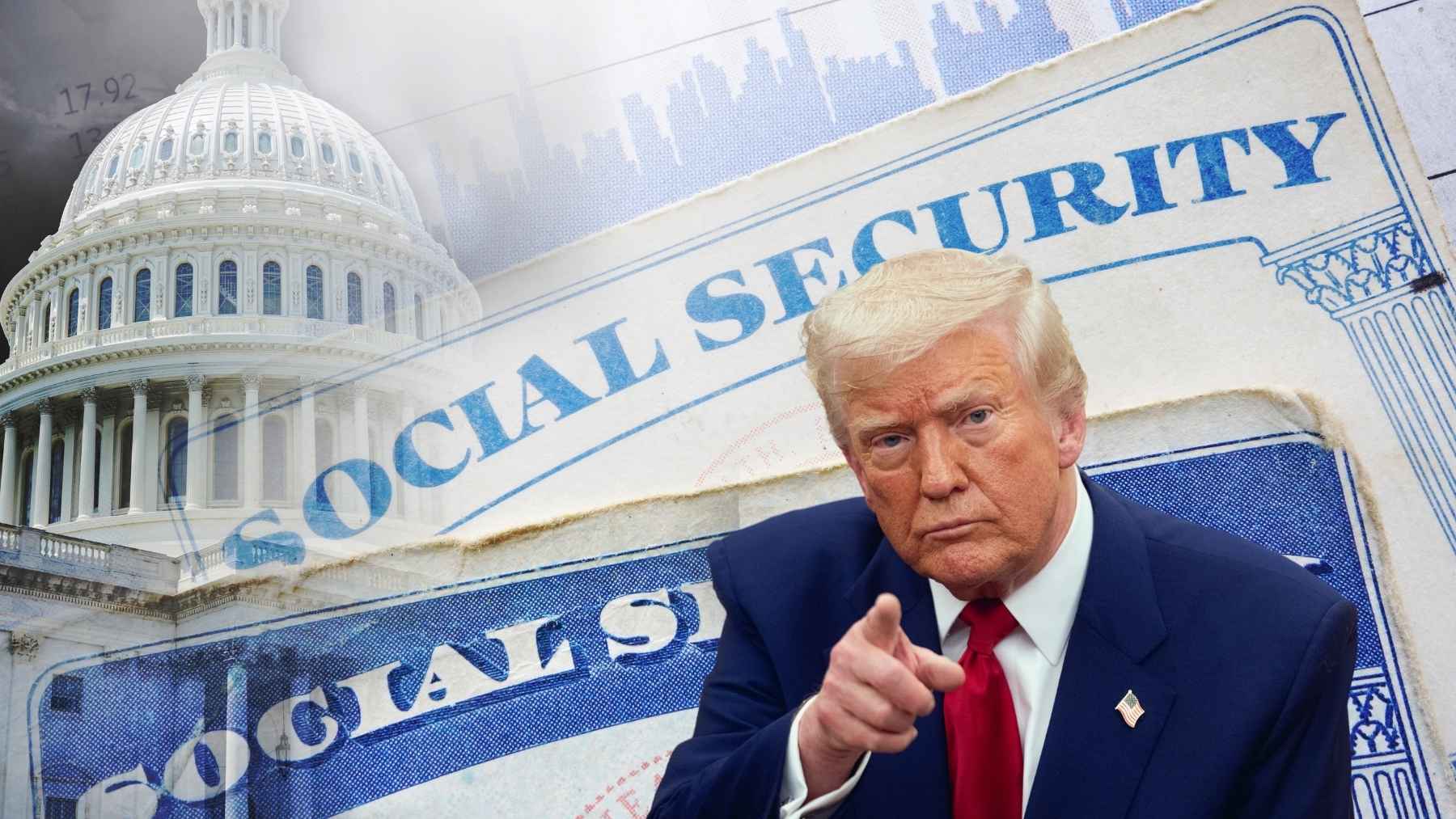Once September 30th passes, there will be a major shift in how payments are made and received not just by the Social Security Administration (SSA) but with the federal government at large. This change is coming about as a result of the executive order that had been issued by the office of the president on March 25. As per the executive order, the use of paper based payments both to and from what is considered as America’s bank account is to be brought to an end as of September 30th.
Subsequently, a July 14th update from the SSA confirmed that the agency would also be partaking in this broader federal initiative and in pursuit of this, the agency is now encouraging all beneficiaries who receive paper checks to switch their payment method over to either direct deposit or Direct Express card. As such, hundreds of thousands of beneficiaries will be impacted by this update. Here is what you need to know.
Federal government phases out paper based payments
The “Modernizing Payments To and From America’s Bank Account” executive order is slated to come into effect as of September 30th. This order has been issued with the aim of increasing efficiency and reducing the risks of mail theft which is said to have increased substantially since the COVID-19 pandemic. According to what is stated in the order, the use of paper based payments such as checks or money orders “imposes unnecessary costs; delays; and risks of fraud, lost payments, theft, and inefficiencies.”
Additionally, “Department of the Treasury checks are 16 times more likely to be reported lost or stolen, returned undeliverable, or altered than an electronic funds transfer (EFT).” Changing over to electronic payment methods will also cut down on costs significantly because according to the U.S. Department of the Treasury, “issuing a paper check costs about 50 cents, whereas an EFT costs less than 15 cents. This shift could save the federal government millions of dollars annually.”
The order also highlights that “maintaining the physical infrastructure and specialized technology for digitizing paper records cost the American taxpayer over $657 million in Fiscal Year 2024 alone.”
In a statement made last month, Treasury Secretary Scott Bessent stated that, “reducing paper checks has been a longstanding bipartisan goal that our administration is finally putting into action. Thanks to President Trump, this will help reduce fraud and theft. It will also remove delays that prevent hardworking Americans from receiving their vital payments.”
Will exceptions be made for Social Security beneficiaries?
In the update, the SSA noted that it is proactively sending out notices to beneficiaries informing then of this upcoming change, as well as highlighting the benefits of electronic payment methods. According to SSA data, “more than 68 million Americans across all 50 U.S. states and territories receive Social Security benefits. Of that number, around 390,000 people, or about 0.6%, are receiving check payments.”
This cohort of 0.6% of the total beneficiaries could be opting to continue receiving paper checks despite the digital era we currently live in for an array of reasons such as being of an extremely advanced age or being unbanked. As a result, concerns regarding the feasibly of this change were raised by advocates. The SSA subsequently backtracked on its initial announcement to “stop issuing paper checks” and Commissioner Frank Bisignano confirmed that paper checks will still be issued to those who require it.
The executive order also states that exceptions will be made in cases where the use of electronic payments is not deemed feasible. This includes cases where the individual has no access to electronic banking services, is unbanked, or if the use of electronic payments would cause undue hardship. The order further states that, “the Secretary of the Treasury shall work with financial institutions, consumer groups, and other stakeholders to address financial access for unbanked and underbanked populations.”

